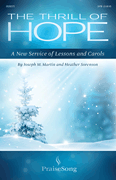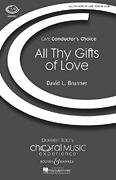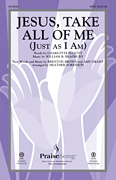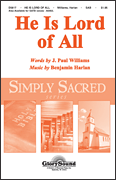Search Results for: “All Of Us”
Loading...
All Of Us View 21 Products
Love Makes Such Fools Of Us All View 7 Products
From All Of Us To All Of You View 7 Products
The Universe Is Within All Of Us View 4 Products
Dear Lord And Maker Of Us All View 1 Product
Kolenna Sawa (All Of Us Together) View 1 Product
For Us All Killing (Bach-Passion Of St.john) View 1 Product



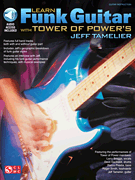

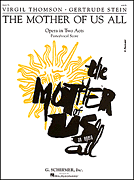

![David Crowder*Band – Give Us Rest Or (A Requiem Mass in C [The Happiest of All Keys])](https://halleonard-common.s3.amazonaws.com/item_gif/00307390.gif)





